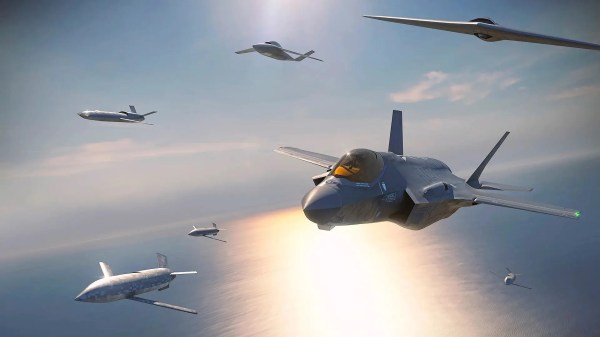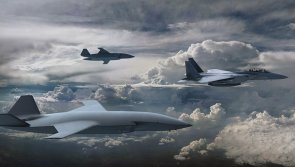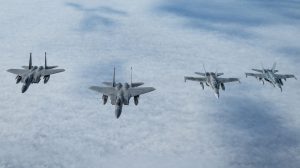Kendall: Air Force’s next-gen fighter will be ‘better than anything’ China can produce

Pentagon leaders have been warning about the consequences if China is able to field sixth-generation fighter technology before the United States. But Thursday, Secretary of the Air Force Frank Kendall expressed confidence that America’s next-gen stealth fighters will be superior to archrival Beijing’s platforms and will be delivered on time.
During an event hosted by the Center for American Progress think tank, Kendall was asked if the Chinese would outpace the U.S. in sixth-gen capabilities, as some observers question whether the Air Force and its industry partners can deliver its Next-Generation Air Dominance (NGAD) platform before 2030.
“It’s an interesting question based on a premise that I don’t 100% accept here, but I’m not gonna be able to go into much detail about that,” Kendall responded.
“China has been pursuing aircraft technology, but they are not a match for the United States,” he continued. “We are ahead in aircraft technology. The J-20, which is their most recent fighter, is not as good as the F-35, which is our most recent fighter. The Next-Generation Air Dominance fighter … is going to be better than anything I think China can do. We’re ahead in areas like engine technology substantially. And our access to advanced computational capability gives us an edge as well.”
The Air Force plans to team the manned NGAD platform, which is expected to cost hundreds of millions of dollars per plane, with less expensive drones known as robotic wingmen or “collaborative combat aircraft.”
Kendall has previously said that NGAD systems are already being designed and he thinks the Air Force can deliver a next-gen capability before 2030.
Last week during a media roundtable at the Air and Space Forces Association’s annual Air, Space and Cyber conference, Gen. Mark Kelly, commander of Air Combat Command, said China is “not having a debate over the relevance of sixth-gen air dominance.”
“And I can also tell you they’re on plan,” he said. “We need to get there before they do, [or] it won’t end well,” Kelly warned.
Kelly said he believes that Beijing and Washington by-and-large view sixth-gen air dominance “in terms of an exponential reduction in signature” and an “exponential acceleration” in processing power and sensing.
However, on Thursday Kendall said air superiority will be about much more than just the capabilities of next-gen fighter jets.
“It’s not just about fighter [versus] fighter. It’s a much more complicated equation than that,” he said, noting that China is developing “asymmetric approaches” to counter U.S. forces, such as long-range missiles and hypersonic weapons that could target U.S. air bases in the Asia-Pacific and take out American aircraft before they can even get off the ground.
“China has been very smart about their investments,” Kendall said. “In the areas where we’re very competitive, they’re looking for ways to get around what we do with asymmetric approaches. And we’ve got to be aware of that and respond to that as well.”






